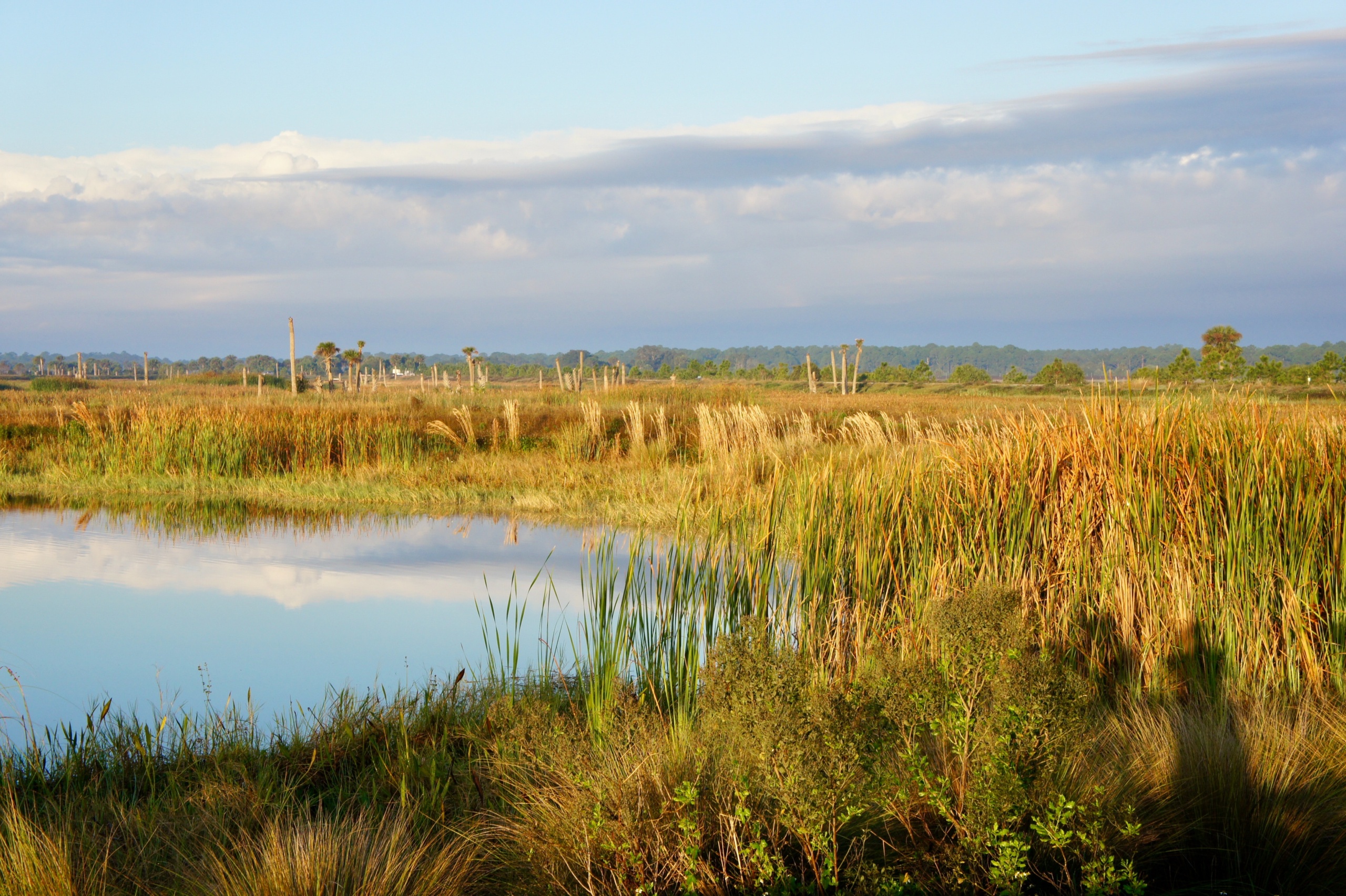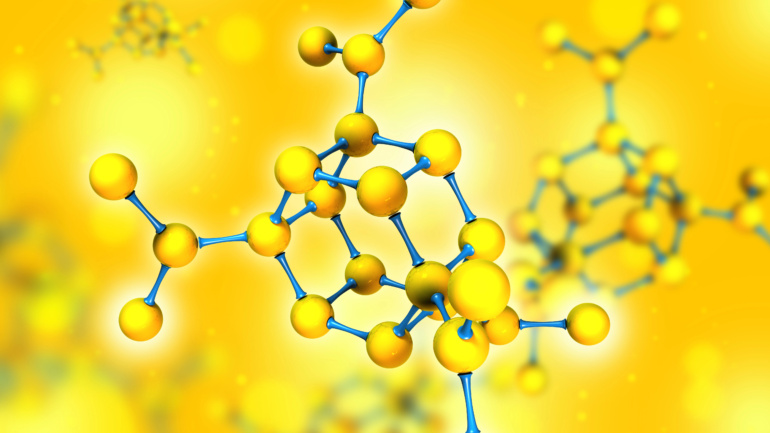Source (no endorsement)
By Matthew Taylor, Associate Researcher & Writer for Save The Water™ | October 24, 2021
Did you know that there are other ways to treat water besides using traditional systems such as filters or treatment plants? A good example of an alternative to these approaches, which are active water treatment systems, are passive water treatment systems. These technologies are lesser-known but can be equally as effective and interesting.
What is passive water treatment?
Passive water treatment systems do not require regular human intervention to operate. They rely more heavily on natural chemical, biological, and biogeochemical processes to treat water. This is in contrast to active water systems, such as an in situ chemical injection program or a water treatment plant. Both of these options require consistent human maintenance and upkeep.
One example of when a passive water treatment system may be used is when a mining operation is closing down. A passive system is preferable in this situation to treat the mine’s water as there is little-to-no human presence around the site as mining activities are coming to an end. Also, this water must be treated for years after the mine officially closes while workers are long gone.
What are some examples of passive treatment systems?
There are many kinds of passive treatment systems, including:
- Limestone diversion wells: The main purpose of a limestone diversion well is to naturally reduce the acidity of water by using limestone as a neutralizing agent. This process begins with groundwater flowing through a pipe into a well or pit filled with crushed limestone. After the limestone treats the water, the water overflows the well. This system is less passive than other options mentioned in this article as the limestone in the well eventually needs replacement.
- Limestone drains: There are two kinds of limestone drains: oxic and anoxic. Both consist of a bed of crushed limestone that reduces the acidity of the water upon contact. The difference between these two types of drains is that the water in an oxic limestone drain is exposed to the atmosphere. In an oxic limestone drain, metals in the water oxidize because of the atmospheric exposure. The limestone loses its effectiveness because the resulting metal precipitates cover it. In an anoxic limestone drain, there is no contact between the water and atmospheric oxygen. Metals do not oxidize and metal precipitates do not cover the limestone.
- Wetlands: The ecosystem of a wetland is able to naturally treat water thanks to its soil, plants, and microbes. These elements work together to remove contaminants. Soil acts as a filter to capture contaminants. It also acts as a home for bacteria that can consume and break them down. The bacteria release water and gases like carbon dioxide as a result. The roots of plants also serve as a home for this bacteria to grow on, and can also absorb nutrients in the water. In places where a wetland does not naturally exist, artificial wetlands are sometimes developed to mimic these benefits. There are two kinds of constructed wetlands:
- In subsurface flow wetlands, water flows through a bed of porous material such as gravel. This bed sits on top of the soil and sediment at the bottom of the wetland.
- In surface flow wetlands, there is no bed of porous material. Water flows over the soil and sediment at the bottom of the wetland.
The water in a subsurface flow wetland does not come into contact with atmospheric oxygen. Similar to an anoxic limestone drain, metals do not oxidize and metal precipitates do not cover the bottom of the wetland. The water in a surface flow wetland, meanwhile, does come in contact with atmospheric oxygen. Overall, this means that a surface flow wetland loses its effectiveness more quickly than a subsurface flow wetland.
- Permeable reactive barriers: Permeable reactive barriers are underground walls constructed of a reactive material, like limestone or iron, which treat groundwater. As groundwater flows through this barrier, it works to trap contaminants found in the water in several ways:
- Contaminants may stick onto the particles of the barrier’s material in a process known as sorption.
- Contaminants may react with the barrier material to produce less dangerous contaminants.
- Microbes in the barrier may consume and biodegrade some of the contaminants.
- Dissolved metals in the water may settle out and become stuck in the barrier.
Since it is clear that there are many types of passive systems to choose from, how do developers choose the right one to build? A number of factors, including budget, location, availability of resources, and the chemistry of the water are all taken into account before making the final decision.
Why choose a passive system to treat water over an active system?
The main advantage of a passive system is that it does not need constant maintenance or upkeep to operate. A passive system can run on its own with infrequent checks by maintenance crews to make sure that it is operating as it should.
Also, passive treatment systems are usually less obvious to the untrained eye than active treatment systems. They look more aesthetically pleasing and natural. An active treatment system like a water treatment plant may be an industrial eyesore. A passive treatment system like a permeable reactive barrier or constructed wetland can fly under the radar to the casual observer.
Lastly, passive systems do not require constant maintenance or intervention. They also have far lower operating and capital costs than many active treatment systems. Lower costs are a major benefit to developers and owners.
Why not choose a passive system to treat water over an active system?
Despite the many advantages of passive treatment systems, they are not always favorable over active treatment systems. For example, while infrequent maintenance and intervention can be advantageous for many reasons, it can come with downsides as well. For example, a lack of regular interaction with a passive treatment system can potentially lead to inconsistent tracking of water quality.
Also, passive treatment systems are newer inventions. They aren’t always as well-known or well-understood as active treatment systems by water treatment experts. This could potentially lead to gaps in knowledge and uncertainties when dealing with these technologies.
Finally, passive treatment systems may require much more space than active treatment systems to build. A constructed wetland, for example, may need many available acres to develop. A chemical injection site, meanwhile, would require less land.
The bottom line
It is clear that passive treatment systems serve as viable, low-maintenance alternatives to active treatment systems. While no water treatment system can last indefinitely without human intervention, passive treatment systems require minimal upkeep to treat water and can last for many years.
Another benefit we can take advantage of is that there are several kinds of passive treatment systems available that can treat surface water and groundwater. With each having its own treatment process and ability to treat different contaminants, it’s great that we have more than just one choice.
If you want to learn more about different water treatment technologies, take a look at articles like this one and others on the Save the WaterTM website!





